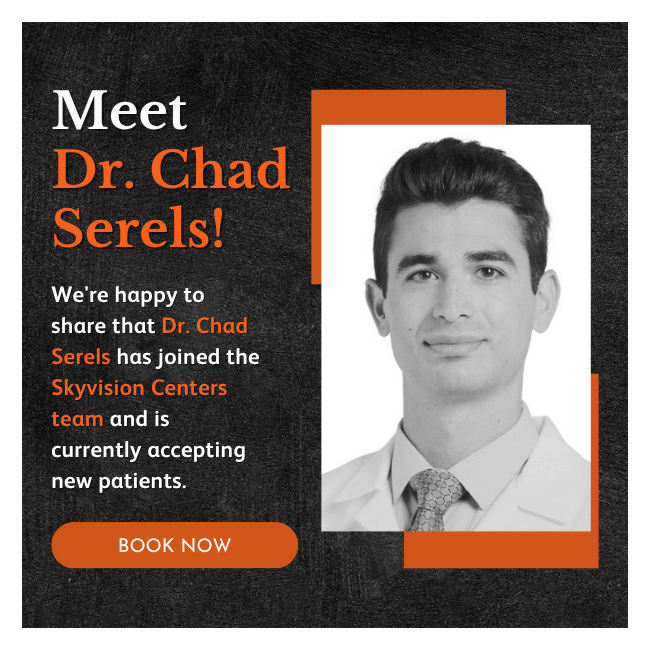Corrective eye surgery can address a number of eye problems. Most people have heard of laser eye surgery to eliminate the need for prescription glasses. As the procedure has gotten easier and less expensive, more people are opting for things like LASIK and telling their friends about the results.
LASIK
LASIK is the most popular refractive surgery. Because healing time is fast, many people check to see if they are good candidates for LASIK before considering other options. With LASIK, a flap is made on the front of the cornea. A laser is then used to remove some corneal tissue and smooth irregularities in the surface of the lens. The cornea can be made flatter or more rounded to cure nearsightedness or farsightedness, as well as astigmatism.
Photorefractive Keratectomy (PRK)
Photorefractive Keratectomy (PRK) was the first laser eye surgery that became widely available for vision correction. It may help people who are nearsighted, farsighted, or have astigmatism. PRK is similar to LASIK, but the main difference is that the procedure does not involve cutting a flap on the surface of the eye to resurface the lens. With PRK, the epithelium covering on the eye is essentially buffed away, and the surface of the cornea is reshaped using an excimer laser. This means the protective covering on the front of the eye has to heal which creates a longer healing process for PRK than some other procedures.
LASEK
LASEK is a corrective eye surgery that can also address myopia, hyperopia, and astigmatism. LASEK reshapes the front of the cornea with a specialized laser procedure, eliminating the need for glasses in some patients. The thin covering on the front of the eye is not entirely removed like with PRK. Instead, an even thinner flap than what LASIK uses is created and then replaced after the procedure to act as a natural bandage. Some people who cannot get LASIK are instead candidates for LASEK because it can be performed on someone with a thinner cornea.
Cataract Surgery
Cataract surgery is also considered corrective eye surgery. For this type of surgery, the cloudy lens of an eye with a cataract is removed and an artificial lens is replaced. Vision is then made clear again, which often reduces the patient’s need for glasses. The procedure is very common and considered one of the safest and most effective corrective eye surgeries. As our population ages, instances of cataracts surgery are on the rise and continue to provide great results.
The different kinds of corrective eye surgeries have their benefits and possible side effects. Make sure that you consult a qualified eye doctor if you have questions about these procedures.



